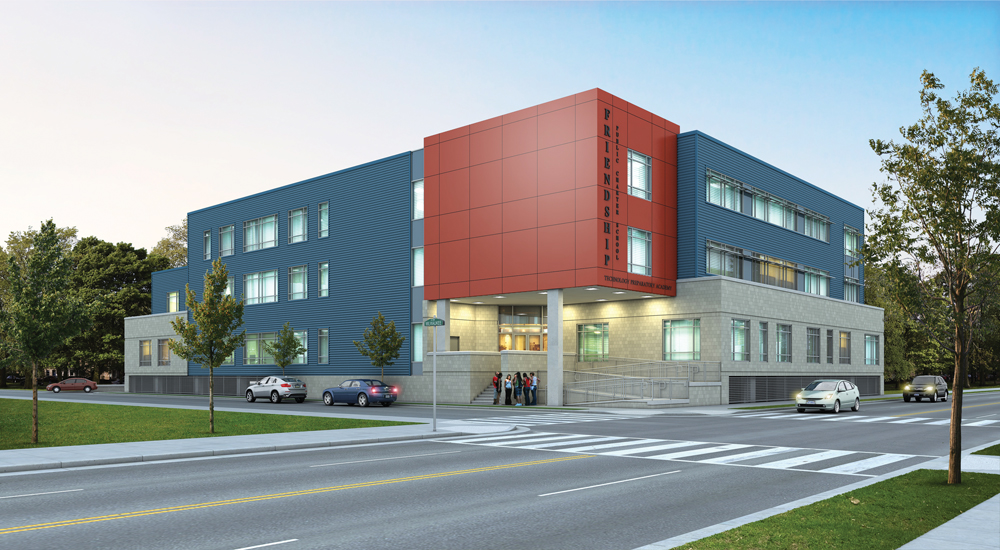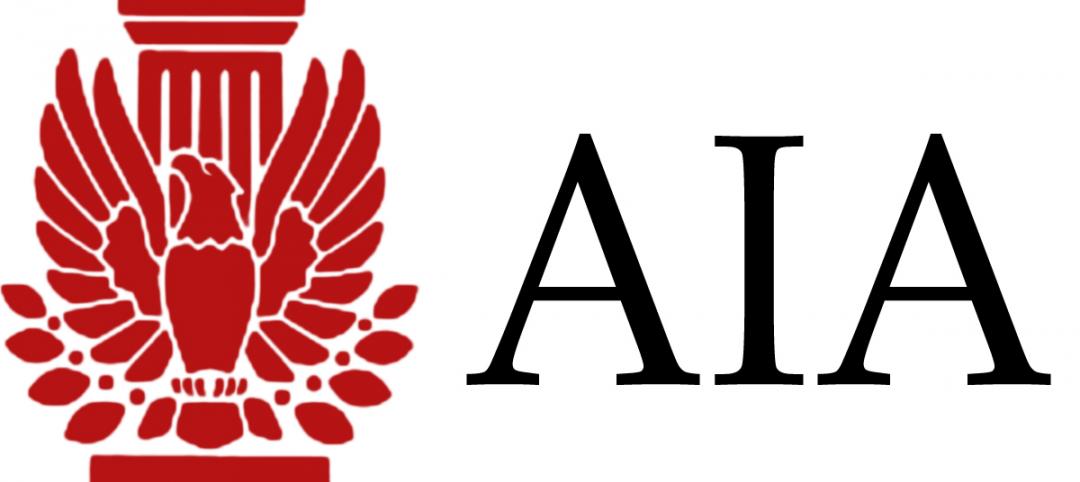Editor's note: This article was published as part of our April 2013 report on "23 things you need to know about charter schools."
Competition for grants, loans, and bond financing among charter schools is heating up, so make your clients aware of these potential sources recommended by experts we consulted for our charter schools report:
1. Opportunity Finance Network (www.opportunityfinance.net), a national network of community development financial institutions, known as CDFIs.
2. Charter School Development Corporation (www.csdc.org), a CDFI with a focus on charter schools that serve predominately low-income students and communities with poorly performing public schools.
3. Partners for the Common Good (www.pcgloanfund.org), a nonprofit community investment corporation.
4. The Reinvestment Fund (www.trfund.com), which finances charter schools in the Mid-Atlantic states.
5. Local Initiatives Support Corp. (www.lisc.org), a nonprofit group that supports charters serving low-income neighborhoods.
6. State and local finance funds, such as the Illinois Finance Fund (www.iff.org). In Los Angeles, where 12% of public school children attend charters, the Los Angeles Unified School District has allocated $30 million from Proposition 39 bonds to “augment” up to 35% of the cost of a qualifying charter construction plan. So far, three projects have been approved.
Related Stories
| Jan 9, 2013
Panasonic and Bluebeam preview new architect app at CES 2013
Panasonic and Bluebeam Software collaborate to develop and introduce the 4K tablet and software to the design and construction industry.
| Jan 3, 2013
Answered prayers
A bold renovation enables a small church to expand its mission on a grand scale.
| Jan 3, 2013
Top BIM/VDC articles of 2011-2012
A compendium of BD+Cs top building information modeling and virtual design + construction articles from 2011-12.
| Jan 3, 2013
8 trends shaping today’s senior housing
The ranks of those age 65 and older are swelling by the thousands every day. Is there an opportunity for your firm in the seniors housing market?
| Jan 2, 2013
Trends Report: New facilities enhance the quality of campus life
Colleges and universities are building state-of-the-art student unions, dining halls, and other non-academic buildings to enrich the campus experience, boost enrollment, and stay competitive.
| Jan 2, 2013
M&A activity at U.S. AEC firms up slightly
Total mergers and acquisitions in the AEC industry hit 171 in 2012, up slight from the 169 deals in 2011.
| Jan 2, 2013
Global data center market to ‘slow’ to 14.3% this year
Total global investment in data centers is expected to slow down somewhat this year but still increase at a respectable 14.3%, according to DCD Intelligence.
| Jan 2, 2013
Construction jobs made gains in 2012, even with a slow Q4, says Gilbane report
The construction sector in the nine states with 50% of construction employment was up 169,000 jobs from February to September 2012, following a lost of 137,000 jobs from September 2011 to January 2012.
| Dec 21, 2012
ABI gains for fourth straight month
Positive business conditions for all building sectors.
















